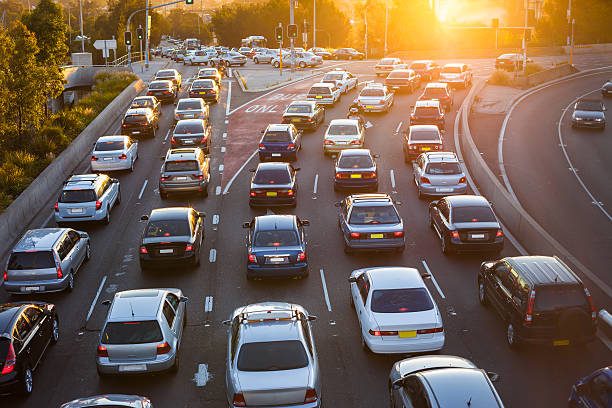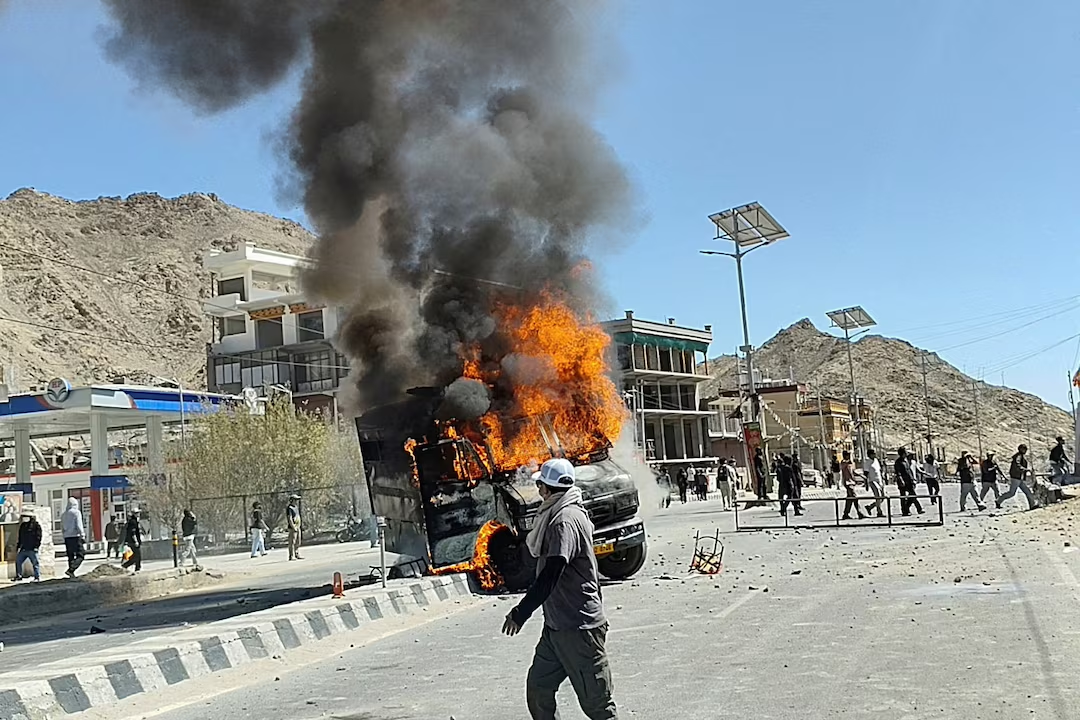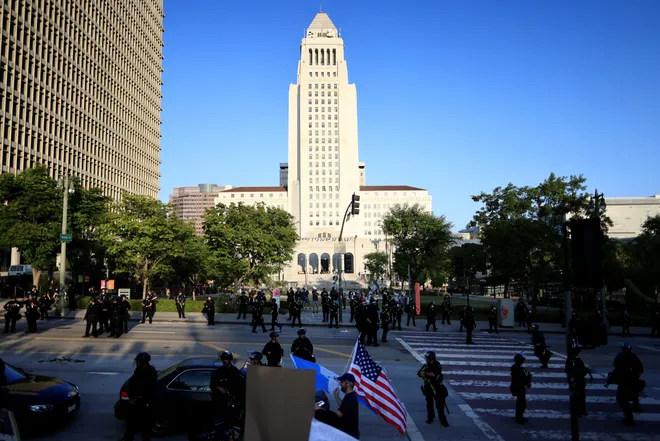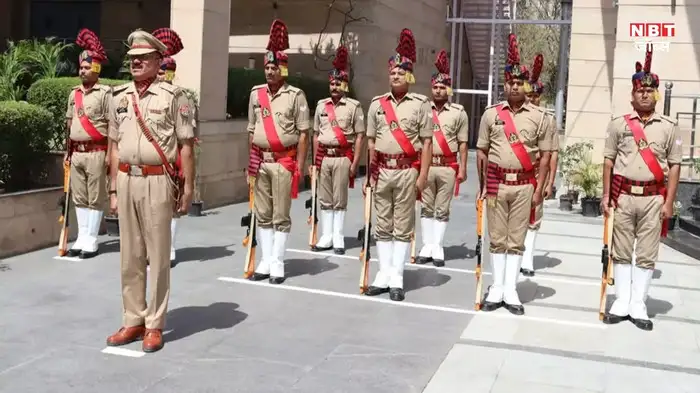
Delhi Travel Tips for First-Time Visitors
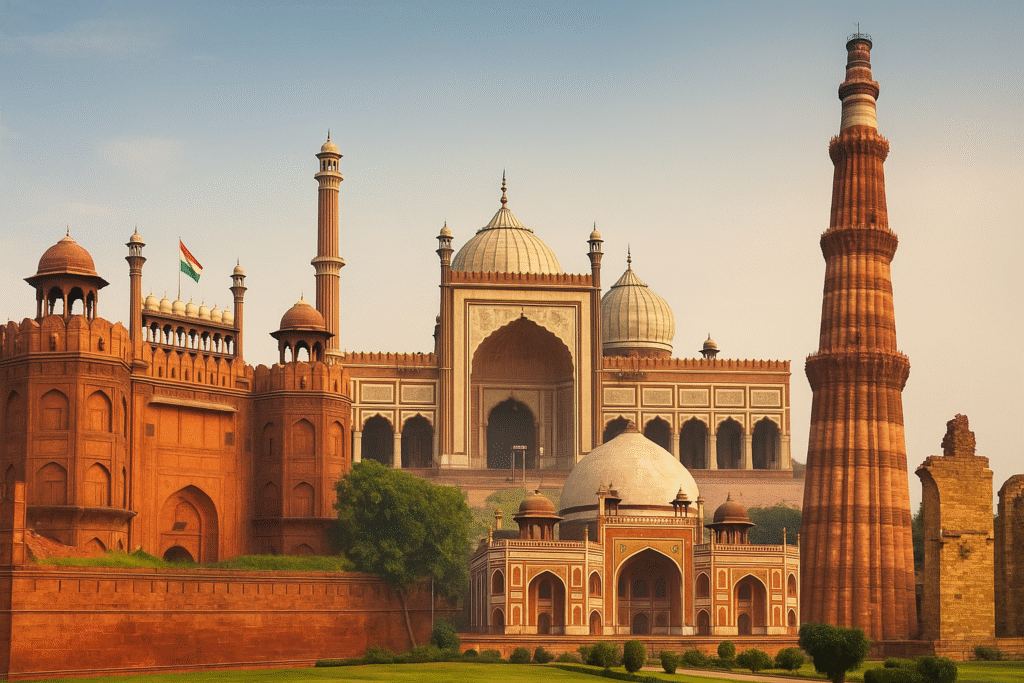
Plan smart, stay safe, and enjoy the chaos — here’s everything a first-time visitor to Delhi should know.
🌆 Before You Go
- Best time to visit: October–March for pleasant weather. Summers (Apr–Jun) are very hot; monsoon (Jul–Sep) is humid.
- Visa & documents: Keep both digital and printed copies of ID, hotel bookings, and local contact info.
- Health prep: Carry a reusable water bottle with a filter or buy sealed bottled water. Pack basic medicines for stomach upsets and headaches.
🗺 Must-See Highlights
Historic Delhi
- Red Fort: Mughal architecture masterpiece. Visit early to avoid crowds.
- Jama Masjid: India’s largest mosque — dress modestly.
- Humayun’s Tomb: A beautiful precursor to the Taj Mahal.
- Qutub Minar: The tallest brick minaret in the world.
Cultural & Political Landmarks
- India Gate: War memorial — perfect for an evening stroll.
- Rashtrapati Bhavan: Book in advance if you want to tour inside.
- Raj Ghat: Gandhi memorial — quiet and reflective.
Markets & Food
- Chandni Chowk: Street food and old-Delhi chaos — try parathas and jalebis.
- Dilli Haat: Handicrafts and regional cuisines from across India.
- Connaught Place: Colonial architecture, shopping, and cafes.
🚶 Getting Around
- Metro: Fast, safe, air-conditioned. Get a metro card for convenience.
- Auto-rickshaws: Use the meter or agree a fare before starting.
- Ola/Uber: Reliable for longer trips or night travel.
- Walking: Great in small lanes — watch for uneven pavements.
🛡 Safety & Etiquette
- Avoid deserted areas after dark.
- Dress modestly at religious sites (cover shoulders & knees).
- Politely refuse persistent touts; keep valuables in a crossbody bag or money belt.
🍽 Food & Drink Tips
- Street food is a must-try — choose busy stalls with quick turnover.
- Avoid raw salads unless at reputable restaurants.
- Don’t miss: butter chicken, chole bhature, golgappa (pani puri), and kulfi.
💡 Extra Insider Tips
- Time management: Delhi traffic is unpredictable—allow extra travel time.
- Friday closures: Some monuments (e.g., Red Fort) may be closed on Fridays.
- Cash & digital: UPI works widely, but keep small cash notes for street vendors.
- Air quality: Check AQI forecasts; carry a mask on poor air days.
With a little planning, Delhi becomes a rich, rewarding city to explore — from Mughal marvels to buzzing bazaars, every corner has a story. Keep your curiosity open and your camera ready!
Red Fort
Built in the 17th century by Mughal emperor Shah Jahan, the Red Fort is a UNESCO World Heritage Site.
Its massive red sandstone walls stretch over 2 kilometers, symbolizing India’s rich Mughal history.
Today, it hosts India’s Independence Day celebrations every 15th August.
Jama Masjid
Commissioned by Shah Jahan in 1650, Jama Masjid is India’s largest mosque.
It can accommodate over 25,000 worshippers in its vast courtyard.
The mosque’s marble domes and minarets offer panoramic views of Old Delhi.
Humayun’s Tomb
Constructed in 1572 by Emperor Humayun’s widow, it’s considered the inspiration for the Taj Mahal.
This Persian-style garden tomb is a masterpiece of Mughal architecture.
It’s surrounded by lush lawns and intricate sandstone carvings.
Qutub Minar
At 73 meters tall, Qutub Minar is the tallest brick minaret in the world.
Built in 1193 by Qutb-ud-din Aibak, it marks the start of Muslim rule in India.
Its five distinct storeys are adorned with intricate Arabic inscriptions.

